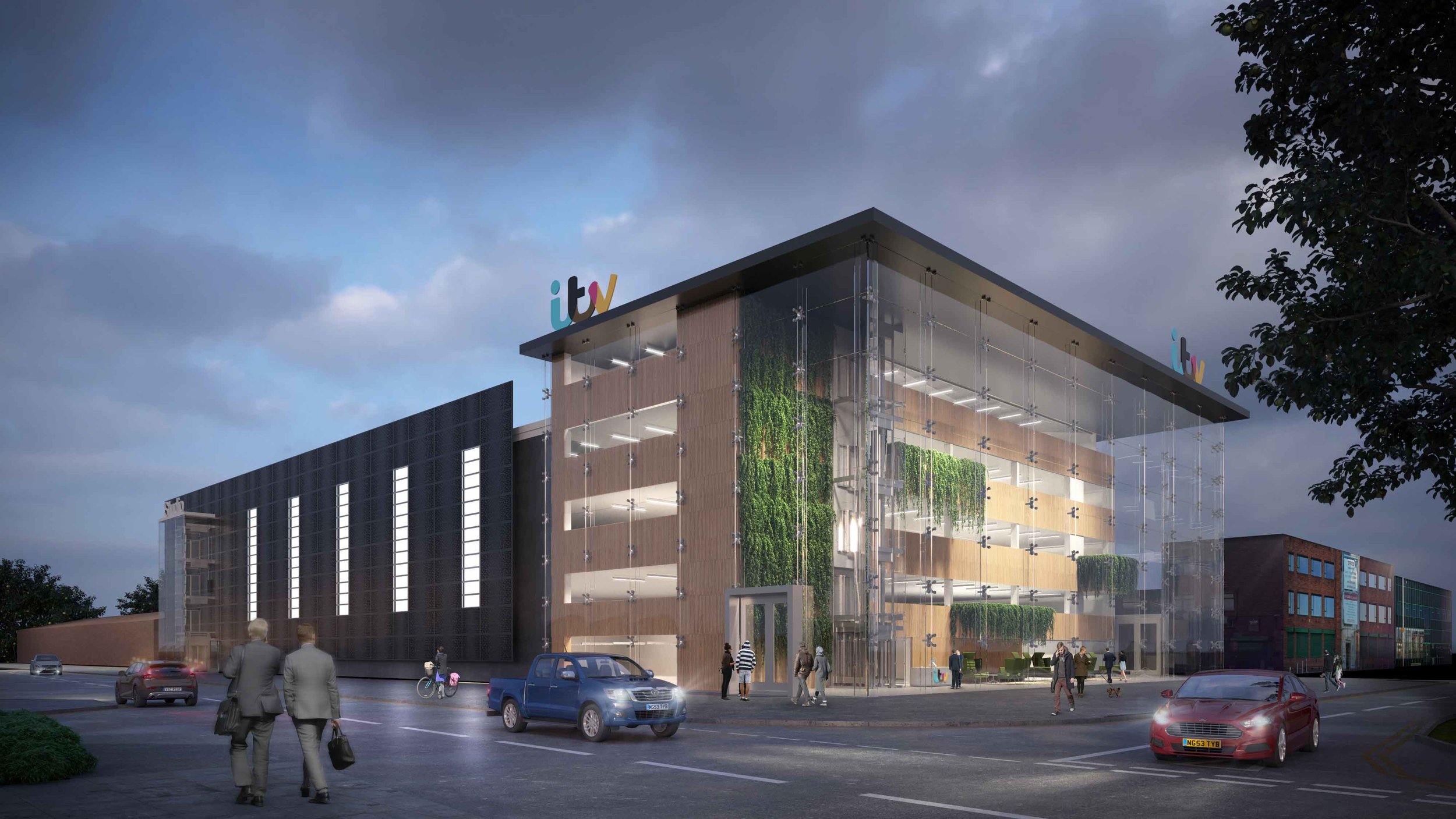Biophilic Design: Enhancing Workspaces and Value Through Nature
At PARKdesigned Architects, we understand that the modern commercial environment is about more than just four walls. Biophilic design — the integration of natural elements like greenery, daylight, and fresh air — is transforming workplaces, hotels, and mixed-use developments across Leeds and beyond.
Practical Biophilic Solutions
At PARKdesigned, we guide clients through design solutions that blend beauty, functionality, and sustainability. Some of the approaches we commonly integrate include:
Lush green walls to improve air quality and provide a visual focal point
Rooftop gardens and terraces that offer social and relaxation spaces for building occupants
Maximised natural daylight through thoughtful façade design and interior layouts
Indoor landscaping and plant integration to create calming environments
By embedding these features, we not only enhance the user experience but also increase the commercial appeal and long-term value of the property.
Biophilic Design as a Strategic Investment
Developers and property investors are increasingly recognising that investing in biophilic design is a strategic decision. Well-designed natural environments:
Attract and retain high-quality tenants
Support employee productivity and wellbeing
Demonstrate commitment to sustainability and ESG objectives
At PARKdesigned Architects, we partner with clients to deliver commercial spaces where people genuinely want to be, combining market-leading architecture with nature-inspired solutions.
The outdoors isn’t just coming in — it’s shaping the future of commercial property.
The Benefits of Biophilic Design
Incorporating natural elements into architecture is more than an aesthetic choice. Evidence and our own experience show that biophilic features deliver measurable benefits:
Healthier, more productive teams: Natural light, ventilation, and plant life improve wellbeing and reduce absenteeism
Higher rental yields: Properties with biophilic features are more desirable to tenants
Greater tenant demand: Tenants increasingly prioritise buildings that promote wellbeing and sustainability
Long-term sustainability: Green walls, rooftop gardens, and energy-efficient daylighting contribute to environmental performance
These factors are now influencing developer and investor decisions. For top-performing commercial assets, biophilic design is becoming a non-negotiable feature rather than a nice-to-have.

